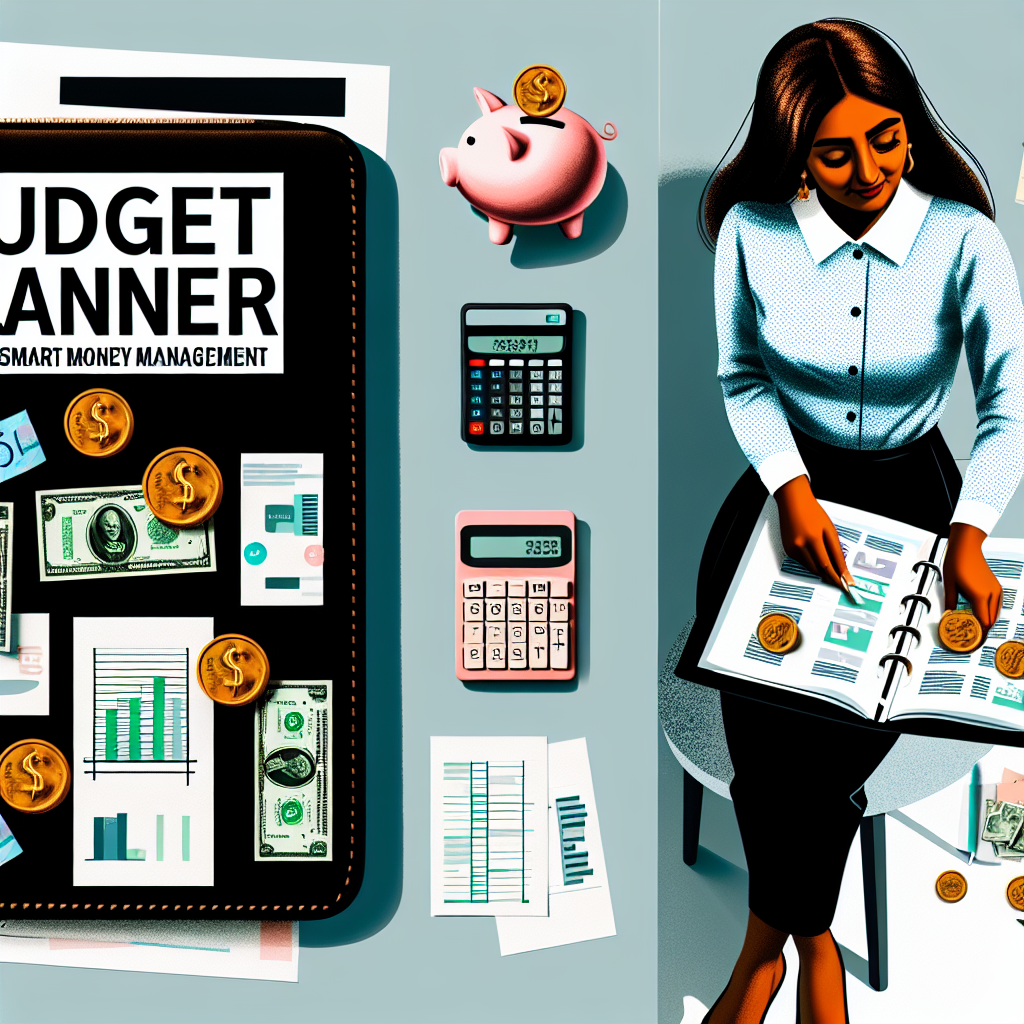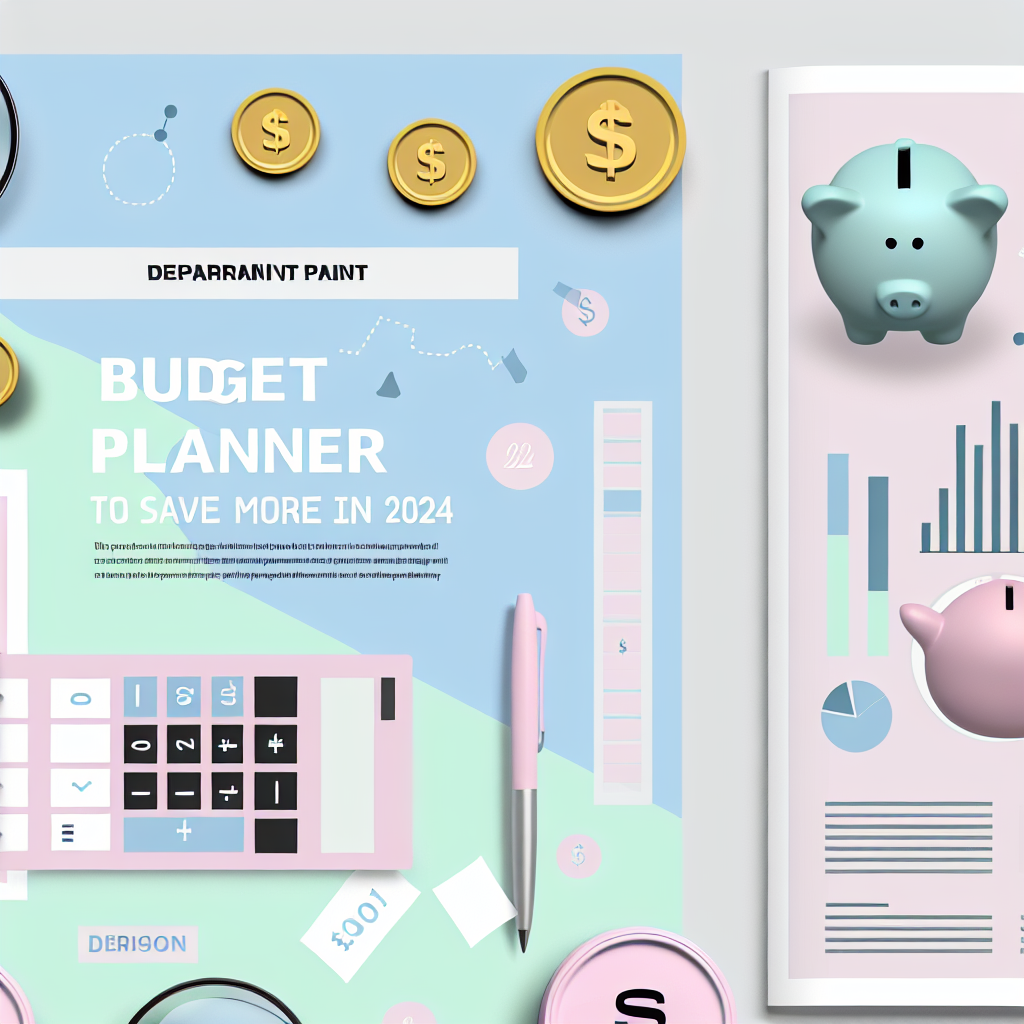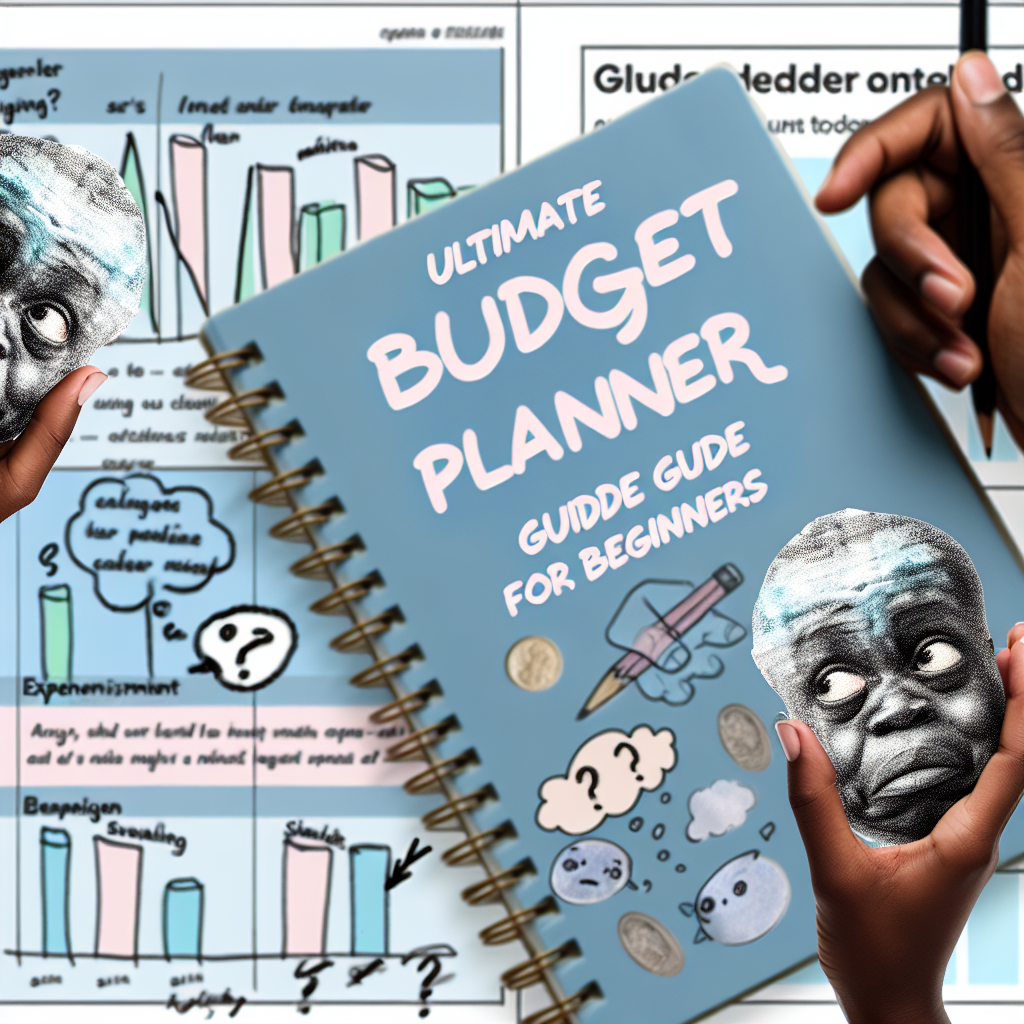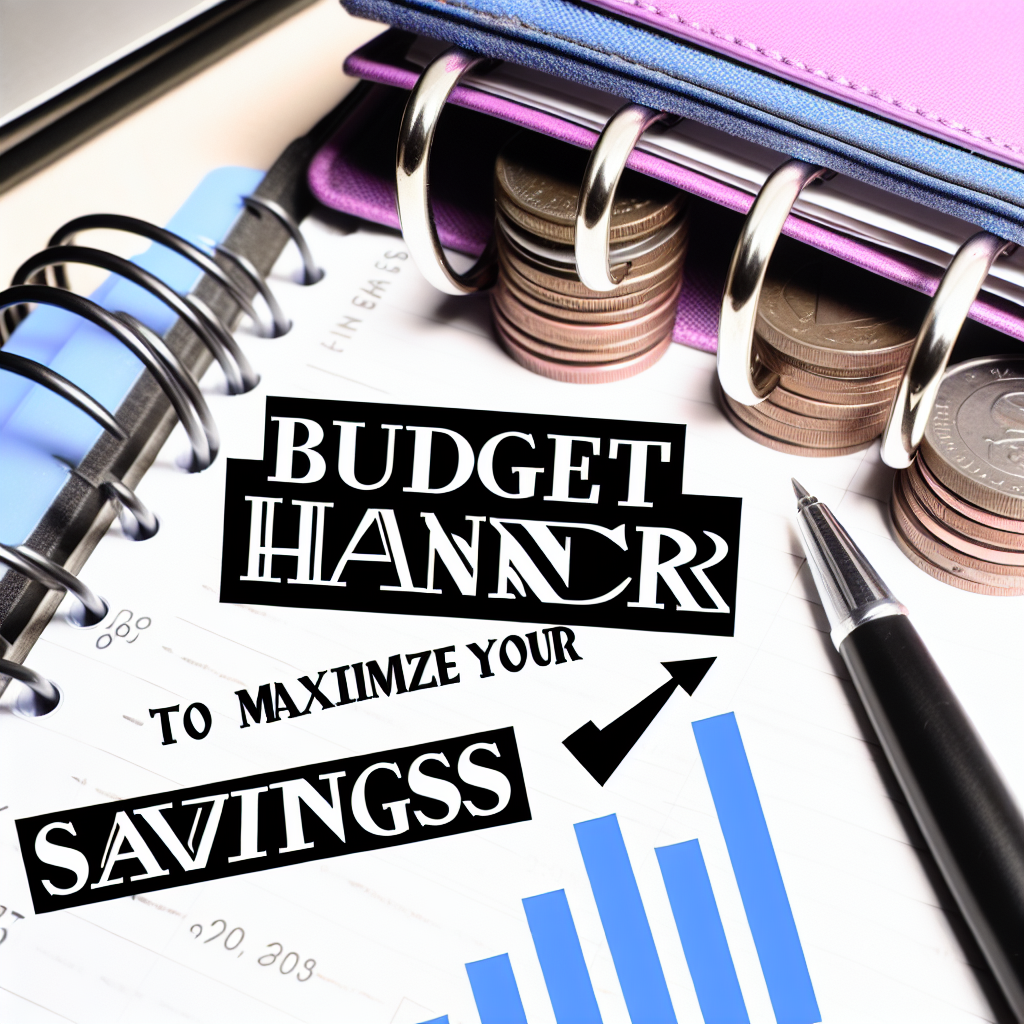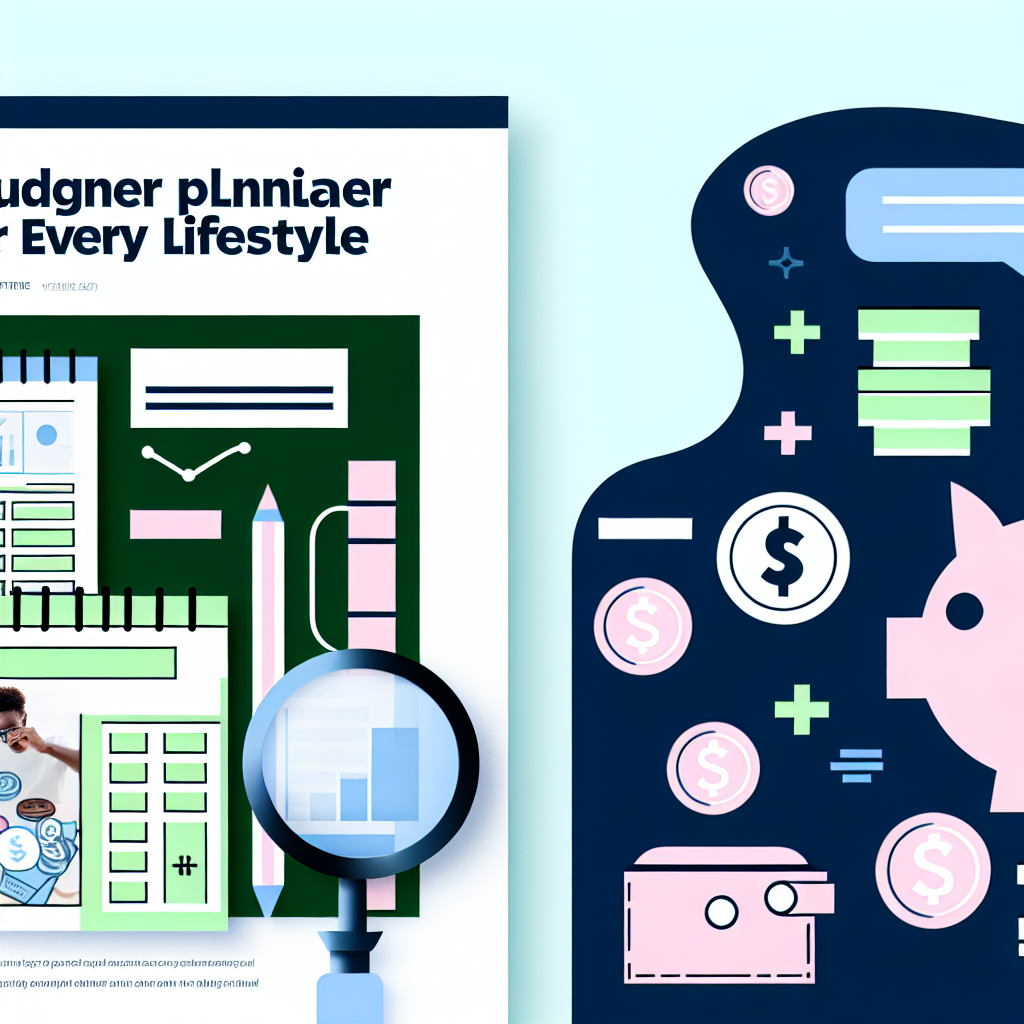=
I still remember the first “budget planner” I ever made. It was nothing fancy—just a crumpled napkin with coffee stains and the words “NO SPENDING” scribbled in big, angry letters. I was sitting at a tiny table in a noisy café, feeling desperate and a little embarrassed. I thought if I just told myself to stop spending, magically my bank account would heal itself. Spoiler alert: it didn’t.
That napkin was my first attempt at creating a budget planner that worked for me. And it failed spectacularly. But looking back, it was the start of something important—an honest, messy journey toward taking control of my money without pretending to be perfect.
The Moment I Realized What a Budget Planner Really Is
After months of ignoring my bank statements and then panicking when rent was due, I had a quiet moment alone with my finances that changed everything. I realized that a budget planner wasn’t some rigid, scary spreadsheet or a list of “must not spends.” It wasn’t about depriving myself or pretending I had all the answers. It was about creating a tool that fit my life, quirks and all.
That’s when I stopped trying to be perfect and started trying to be real. I understood that creating a budget planner that works for you today is less about numbers and more about understanding your habits, your fears, and your goals—even the tiny ones.
How I Finally Made a Budget Planner That Didn’t Make Me Want to Cry
The first thing that actually worked for me was ditching the idea of “no spending.” Instead, I started tracking my money like I was a detective—curious, not judgmental. I wrote down every coffee, every late-night impulse buy, even the $3 I spent on a silly sticker. It was eye-opening, like turning on a light in a dark room.
I remember being hesitant to try this because I thought, “Won’t seeing all my mistakes just make me feel worse?” But it didn’t. It made me feel in control for the first time. I could see where my money was going, and that gave me power.
This trick might sound weird, but I gave my budget planner a personality. I named it “Buddy.” Buddy wasn’t there to shame me; Buddy was there to help me figure things out. Some days Buddy was forgiving when I overspent, other days Buddy cheered me on for small wins like skipping that extra takeout meal.
I also learned to build flexibility into my planner. Life is messy—sometimes rent gets paid late, sometimes you get a surprise bill, sometimes you just need a break. Instead of beating myself up, I treated my budget planner like a living thing that could bend and breathe with me.
What If You’re Scared to Start?
I know what you might be thinking right now: “This sounds hard,” or “I don’t have enough money to start,” or even “I’m too far gone to fix this.” I thought all those things too. Honestly, sometimes I still do.
But here’s the truth: you don’t need a perfect plan or a fat bank account to begin. You just need to be willing to look at your money honestly and treat yourself with a little kindness. Your budget planner isn’t a test you can fail; it’s a friend that helps you figure things out—one step at a time.
A Little Message From Me to You
If you’re reading this, you’re already doing something brave by thinking about your money differently. Today, you don’t have to overhaul your entire life or become a budgeting guru. Just try one small thing: maybe jot down what you spend on coffee tomorrow, or write a list of what you want your money to do for you—not what you think it should do.
You’re not alone in this. I’m right here, still figuring it out too. And if my coffee-stained napkin budget can turn into something that works, so can yours.
💡 Want more tips like this? Explore more ways to save funds and plan your budget wisely!


